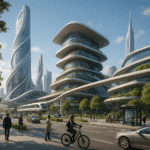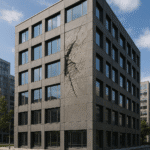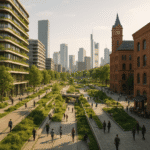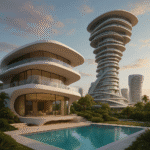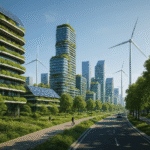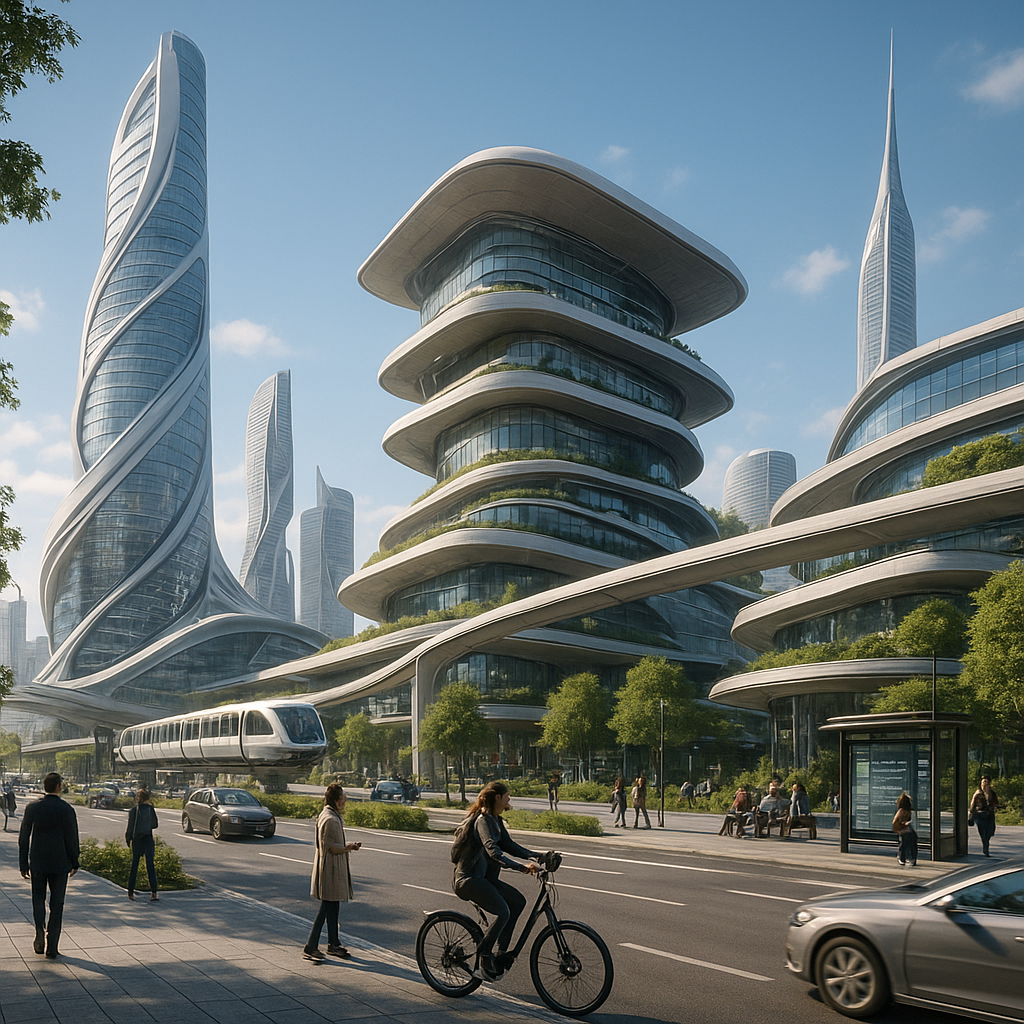Biophilic design is revolutionizing the way we think about architecture by seamlessly integrating nature into indoor spaces. This innovative approach not only enhances aesthetic appeal but also promotes well-being and sustainability. As urban environments continue to expand, the need for a harmonious relationship between nature and architecture becomes increasingly vital. This article explores the principles of biophilic design and its impact on modern architecture.
The Principles of Biophilic Design
Biophilic design is rooted in the concept of biophilia, which suggests that humans have an innate connection to nature. This connection is believed to enhance our physical and mental well-being. The principles of biophilic design aim to incorporate natural elements into built environments, creating spaces that foster this connection. These principles can be broadly categorized into three main areas: direct nature, indirect nature, and the experience of space and place.
Direct Nature
Direct nature involves the incorporation of natural elements such as plants, water, and natural light into architectural spaces. This can be achieved through the use of indoor gardens, green walls, and water features. The presence of these elements not only enhances the aesthetic appeal of a space but also improves air quality and provides a calming atmosphere. Natural light, in particular, plays a crucial role in biophilic design, as it regulates our circadian rhythms and boosts mood and productivity.
Indirect Nature
Indirect nature refers to the use of natural materials, colors, and patterns that mimic the natural world. This can include the use of wood, stone, and other organic materials in construction and design. Additionally, incorporating nature-inspired patterns and textures can evoke a sense of the outdoors. These elements help create a sense of continuity between the indoor and outdoor environments, fostering a deeper connection to nature.
The Experience of Space and Place
The experience of space and place focuses on creating environments that evoke a sense of belonging and comfort. This can be achieved through the use of open spaces, natural ventilation, and views of the outdoors. Designing spaces that encourage exploration and interaction with nature can also enhance the biophilic experience. By creating environments that are both functional and aesthetically pleasing, architects can foster a sense of well-being and connection to the natural world.
The Impact of Biophilic Design on Modern Architecture
Biophilic design is transforming modern architecture by promoting sustainability and enhancing the quality of life for building occupants. As cities continue to grow, the integration of nature into urban environments becomes increasingly important. Biophilic design offers a solution to the challenges of urbanization by creating spaces that are both environmentally friendly and conducive to human health and well-being.
Sustainability
One of the key benefits of biophilic design is its contribution to sustainability. By incorporating natural elements into architectural spaces, biophilic design can reduce energy consumption and improve resource efficiency. For example, the use of natural light can decrease the need for artificial lighting, while green roofs and walls can provide insulation and reduce the urban heat island effect. Additionally, the use of sustainable materials and construction practices can minimize the environmental impact of building projects.
Health and Well-being
Biophilic design has been shown to have a positive impact on the health and well-being of building occupants. Studies have demonstrated that exposure to natural elements can reduce stress, improve mood, and enhance cognitive function. By creating environments that promote relaxation and connection to nature, biophilic design can improve overall quality of life. This is particularly important in urban areas, where access to nature may be limited.
Case Studies
Several notable examples of biophilic design can be found in modern architecture. The Bosco Verticale in Milan, Italy, is a prime example of a building that incorporates nature into its design. This residential complex features vertical gardens that provide a habitat for wildlife and improve air quality. Another example is the Amazon Spheres in Seattle, Washington, which house a variety of plant species and offer a unique workspace for employees. These projects demonstrate the potential of biophilic design to create innovative and sustainable architectural solutions.
In conclusion, biophilic design is reshaping the future of architecture by embracing nature indoors. By integrating natural elements into built environments, architects can create spaces that promote sustainability, health, and well-being. As urbanization continues to rise, the principles of biophilic design offer a promising path forward for creating harmonious and livable cities.
